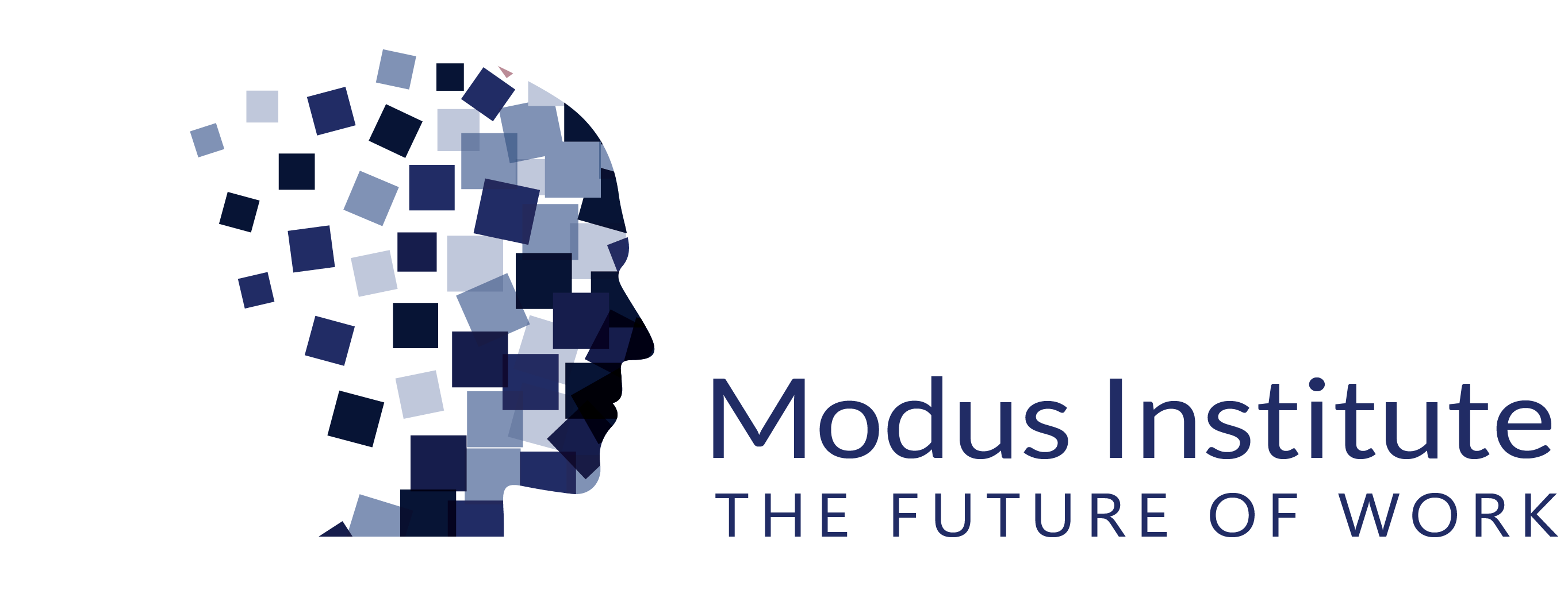I grew ever more concerned as I watched Lean, Agile, Systems Thinking and other foundational aspects of my world-view become corrupted by the certification process itself, which thrives on removing nuance and solidifying a teachable, defendable, copywritable canon. Dull, boring, and omnipresent.
But for over a decade now people have been legitimately asking us, When is Modus going to offer a certification? They needed the documentation that demonstrated “legitimacy” (and to get reimbursed). To be fair, these are honest, real needs. They wanted to be able to demonstrate to their companies, their clients, and themselves both proficiency in the subjects and a genuine desire to learn and become better professionals.
Which brings me to today. For the last six years we’ve been carefully crafting our Lean Agile Visual Management Certification and Accreditation program.
The process was admittedly slow, because just like we teach in Lean, it needed to be intentional. And just like we teach in Agile, it needed to be humane.
It needed to teach flexibility. It needed to measure actual professional advancement. And, most importantly, it needed to afford students the time necessary for real learning to take place. Two days was just not going to cut it.
But for over a decade now people have been legitimately asking us, When is Modus going to offer a certification? They needed the documentation that demonstrated “legitimacy” (and to get reimbursed). To be fair, these are honest, real needs. They wanted to be able to demonstrate to their companies, their clients, and themselves both proficiency in the subjects and a genuine desire to learn and become better professionals.
Which brings me to today. For the last six years we’ve been carefully crafting our Lean Agile Visual Management Certification and Accreditation program.
The process was admittedly slow, because just like we teach in Lean, it needed to be intentional. And just like we teach in Agile, it needed to be humane.
It needed to teach flexibility. It needed to measure actual professional advancement. And, most importantly, it needed to afford students the time necessary for real learning to take place. Two days was just not going to cut it.

